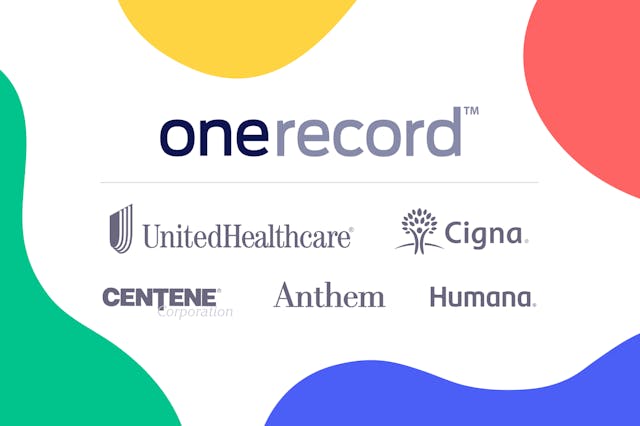
Government 101

Our nation’s founders wanted to establish a country in which no single person or group could hold too much power. As a result, the U.S. Constitution established three main parts called branches of government: legislative, executive, and judicial. Each branch has its own responsibilities. In addition, each branch can check the power of the branches.
Here’s how each of the three branches operates-and how the three work together to govern our nation.
The Legislative Branch Makes Laws
The Legislative Branch is Congress which is made up of two chambers: The U.S. Senate and the U.S. House of Representatives. The people who serve in Congress represent the states and the districts in the states. Congress writes, debates, and passes bills (proposals for new laws). Bills that are passed by Congress and then signed by the president become law.
The Executive Branch Enforces Laws
The executive branch, led by the president, enforces federal laws. The president has the power to sign (pass into law) or veto (reject) bills passed by Congress. The president can also suggest laws for Congress to consider. The president often draws on the advice of the vice president and a group of advisers called the Cabinet.
Most Cabinet members oversee federal departments such as State, Treasury, Defense, Justice, Interior, Agriculture, Commerce, Labor, Health and Human Services, Housing and Urban Development, Transportation, Energy, Education, Veterans Affairs, Homeland Security
For OneRecord, we focus on the Department of Health and Human Services and how the department relates to your health, your history, your rights. The Department of Health & Human Services is led by the United States Secretary of Health and Human Services appointed by the President of the United States with the consent of the United States Senate. HHS secretary advises the President on healthcare and rights. You can learn more about the internal org chart of HHS on their website here.
The Judicial Branch Evaluates Laws
The Judicial Branch is the federal court system. It is headed by the U.S. Supreme Court, the highest court in the nation. The Supreme Court’s nine members, called justices, review cases to determine whether laws or actions meet the standards of the Constitution. There are more than 100 federal courts throughout the U.S. that sit under the Supreme court.
Here are three Federal Health Information Laws that you should know.
- Health Insurance Portability and Accountability Act (HIPAA)
- Health Information Technology for Economic and Clinical Health Act (HITECH)
- 21st Century Cures Act
Want to learn more? Click here


